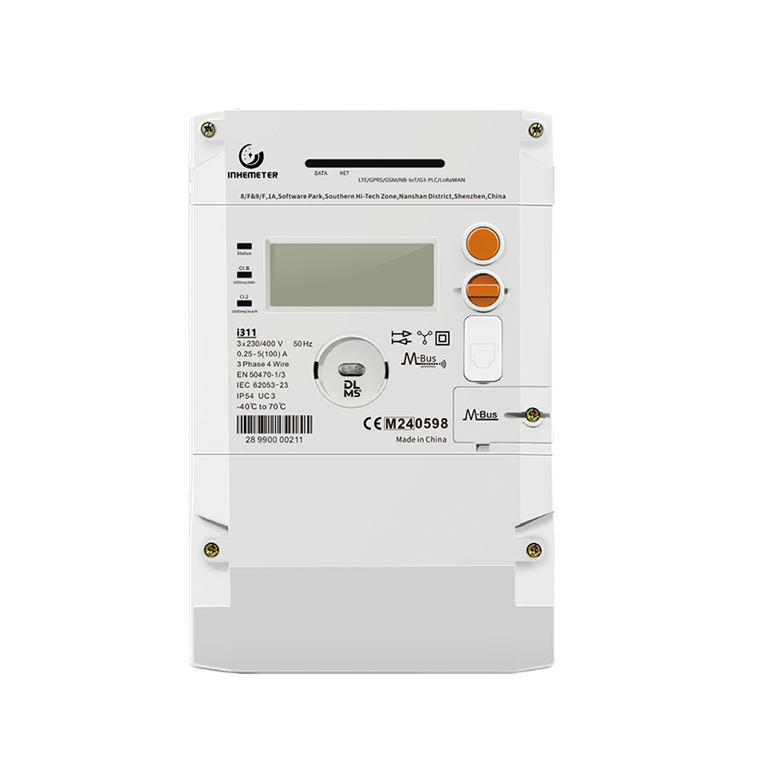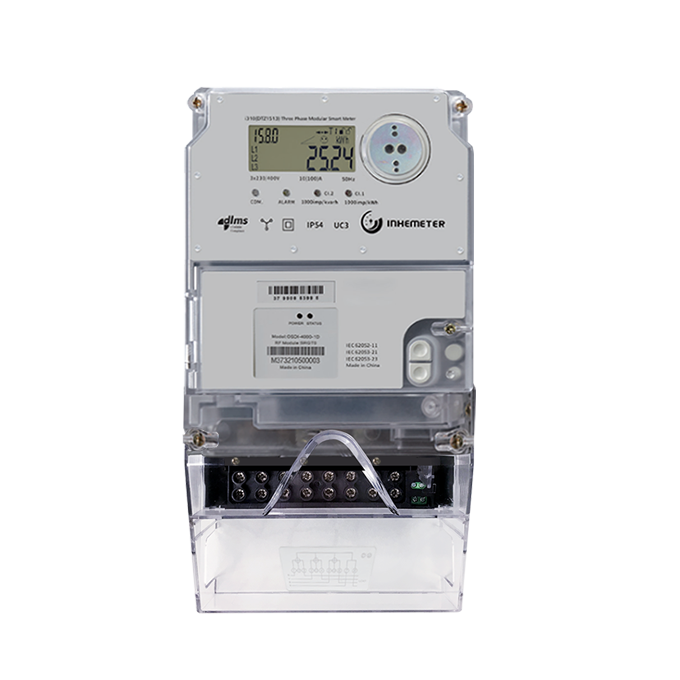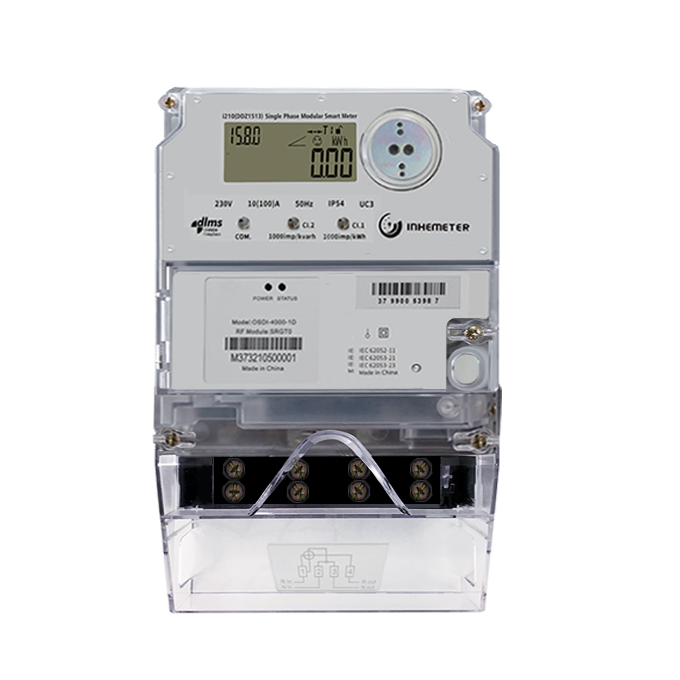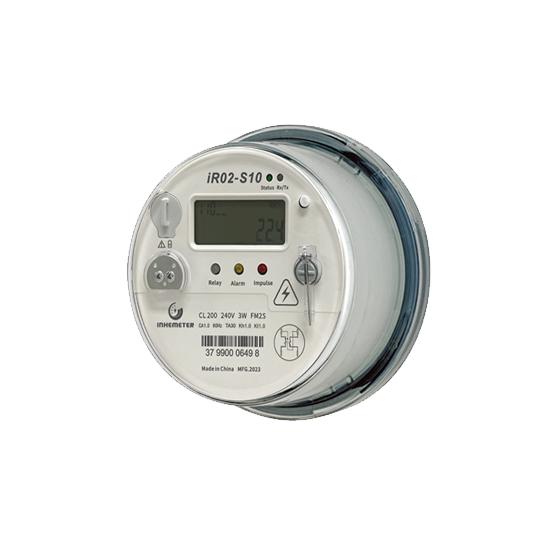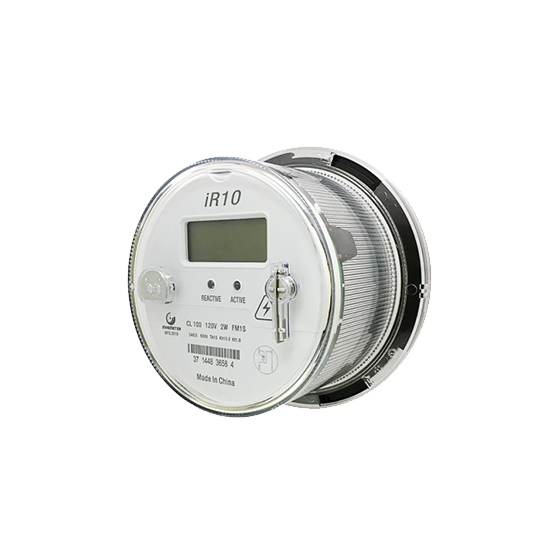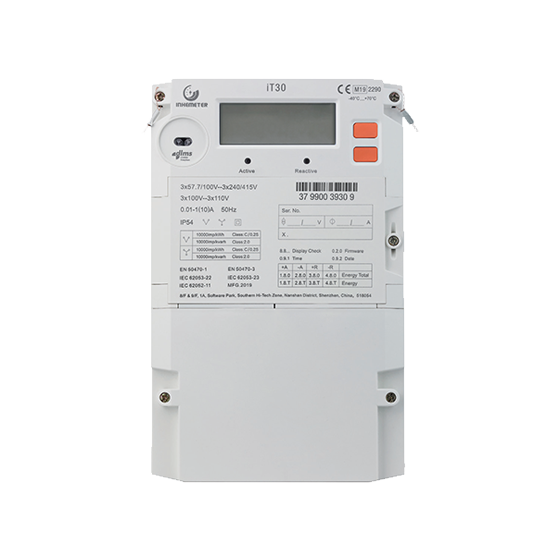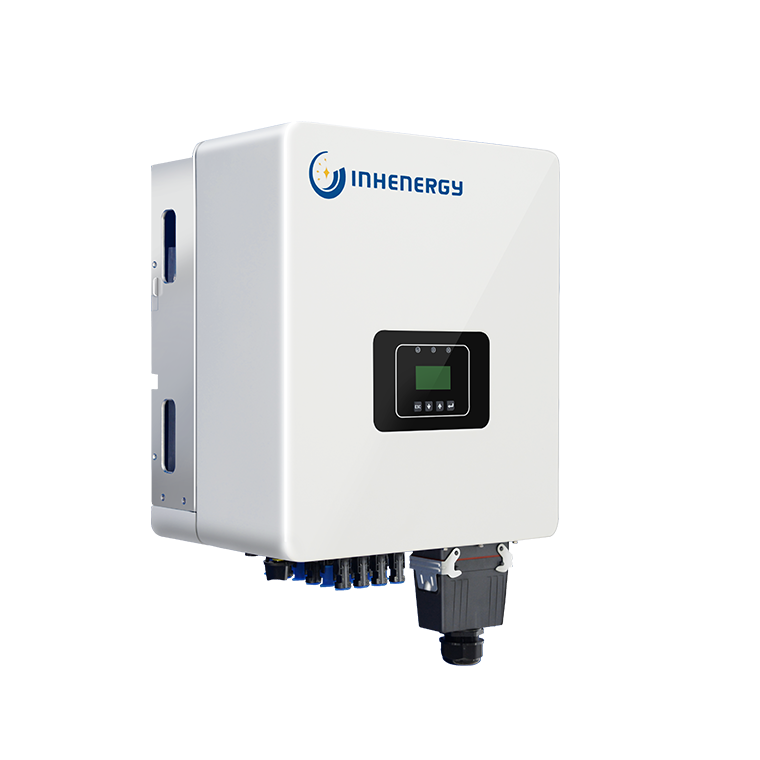Ensuring a stable power supply is a critical issue in many areas. Whether in underdeveloped regions or advanced ones, inadequate grid infrastructure or frequent natural disasters often lead to power outages, posing significant operational and management challenges for power companies.
Improving the stability of power systems requires a multifaceted approach, encompassing system construction, equipment usage and maintenance, power dispatching and load management, safety monitoring and early warning, external risk management, and technological and managerial innovation.
1. In-Depth Application of Smart Meters
1) Real-time Monitoring and Data Analysis
INHE smart meters not only accurately measure electrical energy but also serve as crucial nodes in smart grid management. By collecting various electrical parameters such as grid quality, load curves, event logs, daily and monthly freeze data through smart meters, and analyzing these with big data techniques, power companies can predict daily and seasonal fluctuations in electricity demand accurately. This optimization allows for refined power scheduling strategies, reducing peak-load differences in supply, minimizing the wear and tear on power sources from frequent startups and shutdowns, and optimizing line losses to enhance overall stability and increase revenue of the power supply system.

2) Remote Management and Load Control
Smart meters feature remote management capabilities, enabling power companies to efficiently oversee and centrally control dispersed users through IoT platforms. INHE smart meters support various mainstream communication modules (GPRS/3G/4G/NB-IoT/LTE-CatM, G3-PLC, BPLC, Hybrid G3-PLC+RF, Wi-SUN, etc.). The meters also include built-in GPS chips, facilitating precise asset localization and GIS management by utility technicians. Using load control technology, power companies can remotely manage adjustable loads during peak demand periods, such as controlling smart appliances and charging stations, balancing grid loads, and preventing power instability due to overload.
2. Key Roles of Smart Distribution Equipment
1) Efficient Management with Ring Main Unit (RMU)
RMU are crucial in smart power distribution networks, offering automatic switching, fault isolation, and remote monitoring. They allow flexible network scheduling and quick restoration, mitigating the impact of faults on supply stability. The latest INHE RMU feature modular designs for standardized production, upgraded interlock systems for enhanced safety and reliability, and multi-point door designs for improved arc resistance.

2) Rapid Response with Automatic Reclosers and Sectionalizers
Automatic recloser and sectionalizer are essential protective devices in smart power distribution systems. They quickly detect faults, isolate the affected areas, and attempt to restore power to non-faulty sections. This rapid response mechanism significantly reduces outage duration and extent, enhancing supply reliability and customer satisfaction.

3) Accurate Metering and Power Demand Forecasting for LPU
INHEGRID large power user(LPU) metering devices accurately monitor and record the electricity consumption patterns of large industrial and commercial users. Through real-time data analysis, power companies can more accurately predict and manage electricity demand during peak periods, thereby avoiding grid instability and sudden power outages caused by overload. This data also helps optimize power distribution strategies, reduce energy wastage, improve grid efficiency, and ensure continuous stable power supply.
4) Precise Power Interruption Management with Smart Circuit Breakers
INHEGRID smart circuit breakers are equipped with advanced remote control and monitoring capabilities, enabling them to swiftly respond to changes in grid conditions and perform precise power interruption management. Upon detecting grid abnormalities or excessive loads, smart circuit breakers can automatically cut off or adjust the power flow, preventing fault propagation and system collapse, thereby safeguarding overall grid stability. Additionally, smart circuit breakers reduce downtime caused by short circuits or other electrical issues, enhancing the reliability and continuity of power supply.

3. Comprehensive Power System Management Platforms
To enhance supply stability comprehensively, power companies need integrated solutions, including but not limited to Advanced Metering Infrastructure (AMI). INHE SmartAMI integrates communication, IoT, and cloud technologies to organize data from substations, lines, transformers, and users, enabling real-time monitoring and supporting load control, energy procurement, and power management. INHE SmartAMI prioritizes user experience with an intuitive interface and personalized services, ensuring easy energy monitoring and management.
4. Power Safety Monitoring and Early Warning Systems
Traditional distribution transformers suffer from various drawbacks such as inadequate management methods, incomplete automatic control, insufficient information, low accuracy, difficulty in fault localization and isolation, lack of accident warning and handling mechanisms, and high maintenance costs due to manual inspections. After conducting in-depth investigations into technical requirements across multiple regions, we have developed a transformer monitoring and protection solution. Leveraging years of industry experience and practical market applications, INHE solution combines the Advanced Distribution Monitoring System (AMDMS) with TMPT (Main Equipment).
INHEGRID AMDMS, based on IoT technology, offers capabilities including equipment operation monitoring, load analysis, energy management, accident warning, incident recording and analysis, fault waveform recording, power quality monitoring, and remote switching control. These features ensure continuous and reliable power supply, enabling distribution transformer sites to operate safely, reliably, and efficiently.
5. Innovative Strategies for Managing External Risks
To address uncontrollable external factors like natural disasters, we have developed robust, disaster-resistant smart distribution equipment, including scratch-resistant and dirt-resistant smart meters, waterproof and dustproof RMUs, and pole-mounted switches designed for extreme weather. By integrating meteorological warning systems, we can create emergency response plans to ensure quick power restoration during disasters.
6. Case Studies

South Africa
Aging infrastructure and frequent load shedding have severely impacted life and production in South Africa. ESKOM, the country's largest power producer, faces significant challenges in improving grid construction and operation. INHEMETER is the first company in Asia to pass ESKOM's technical tests and supply over 500,000 PLC and RF communication smart meters. We have established local factories and service teams to support ESKOM in improving its power environment.
Colombia
EPM, the second-largest enterprise in Colombia, established by the Medellin city government, faces high transmission and distribution losses despite large power demands. INHE tailored solutions after thorough assessment, deploying AMI systems, hundreds of thousands of smart meters, and LPU metering equipment to enhance operational efficiency.
In conclusion, through the advanced integration of smart meters, smart power distribution equipment, and energy management platforms, along with comprehensive technical support, after-sales service, and personnel training, we are creating a smarter, more efficient, and stable power network for the industry, ensuring that supply stability is no longer a challenge.














































































